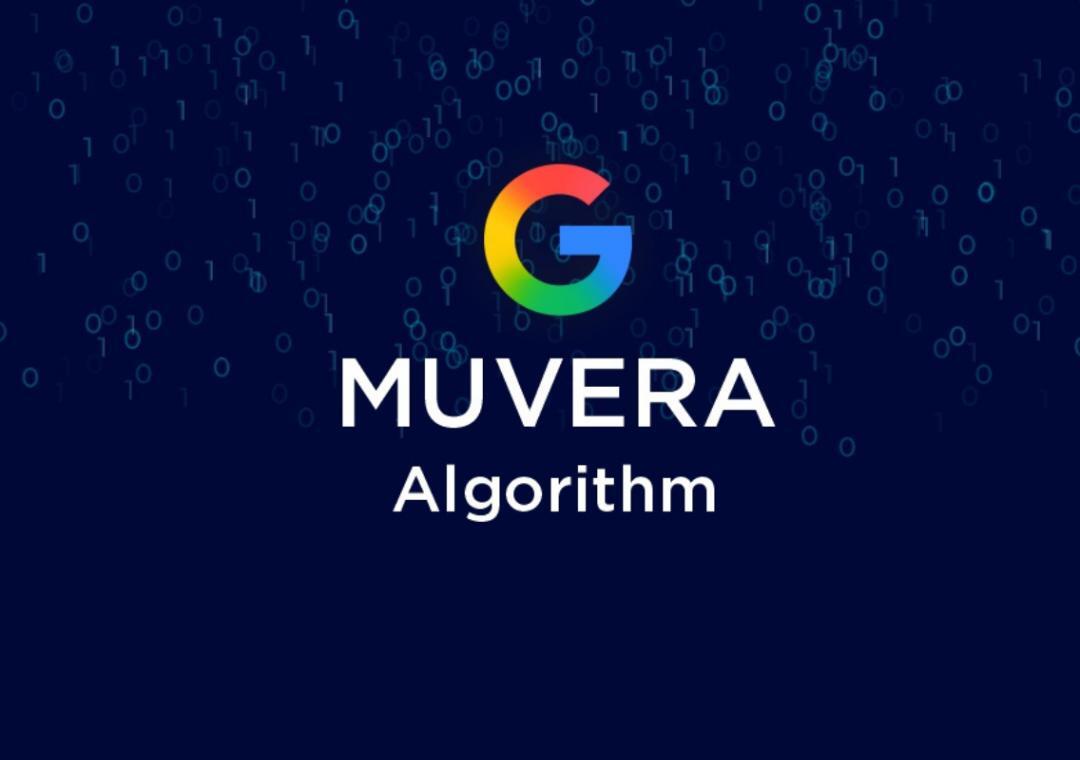
How is Google’s Muvera algorithm changing SEO?
The ever-evolving landscape of search engine optimization (SEO) has taken another significant turn with the introduction of Google’s Muvera algorithm. This latest update is revolutionizing the way we approach SEO, incorporating cutting-edge technologies like Artificial Intelligence (AI), Natural Language Processing (NLP), and behavioral insights. The implications are far-reaching, and it’s essential for marketers, content creators, and SEO professionals to stay ahead of the curve.
What is the Muvera algorithm?
Launched in [Year], the Muvera algorithm is designed to provide more accurate and relevant search results by analyzing user behavior, content quality, and relevance. This algorithm is the culmination of years of research and development, combining the strengths of Google’s previous updates, such as BERT and RankBrain.
Key Features of the Muvera Algorithm
- Passage-Level Optimisation: This is perhaps the most significant feature of the Muvera algorithm. Gone are the days of optimizing entire pages for specific keywords. With passage-level optimization, specific sections of a page can now rank in search results. This means that content structure, clear headings, and focused answers are more crucial than ever.
- Behavioral Insights: The Muvera algorithm takes into account user behavior, including scroll depth, bounce rate, and time spent on a page. This information helps Google understand what users find valuable and relevant, allowing it to adjust the search results accordingly.
- AI-Powered Content Analysis: The algorithm uses AI to analyze content quality, relevance, and user engagement. This helps Google identify high-quality content that provides value to users, and rewards it with better search rankings.
- Natural Language Processing (NLP): Muvera’s NLP capabilities enable it to understand the nuances of human language, allowing it to better detect intent, sentiment, and context.
How Does the Muvera Algorithm Impact SEO?
- Content Structure Matters: With passage-level optimization, it’s essential to structure your content in a way that makes it easy for users to find what they’re looking for. Use clear headings, subheadings, and concise paragraphs to break up your content.
- Focus on Focused Answers: The Muvera algorithm is designed to provide users with quick and accurate answers. Optimize your content to provide focused answers to specific questions, rather than generic, broad topics.
- Modular Writing: Break up your content into smaller, modular sections, each focusing on a specific topic or question. This will help you to optimize specific passages for search, rather than entire pages.
- User Experience is Key: The Muvera algorithm takes into account user behavior, so it’s essential to prioritize user experience. Ensure your website is mobile-friendly, fast, and easy to navigate.
- Content Quality and Relevance: The Muvera algorithm rewards high-quality, relevant content that provides value to users. Focus on creating content that is well-researched, informative, and engaging.
Best Practices for Optimizing Your Content for the Muvera Algorithm
- Conduct thorough keyword research: Identify relevant keywords and phrases, and use them strategically throughout your content.
- Use clear and concise language: Avoid using jargon and technical terms unless necessary. Opt for clear, concise language that is easy for users to understand.
- Optimize for user intent: Understand the intent behind a user’s search query and optimize your content to provide relevant and useful information.
- Use header tags: Organize your content with header tags (H1, H2, H3, etc.) to help the Muvera algorithm understand the structure and hierarchy of your content.
- Monitor and adjust: Keep an eye on your website’s performance and adjust your strategy as needed. Use tools like Google Analytics and Search Console to track your progress and identify areas for improvement.
Conclusion
The Muvera algorithm is a significant update that is reshaping the world of SEO. By incorporating AI, NLP, and behavioral insights, Google has created a more accurate and relevant search engine. To stay ahead of the curve, it’s essential to adapt your SEO strategy to the Muvera algorithm’s new features and requirements. By focusing on passage-level optimization, user experience, and content quality, you can improve your website’s visibility and drive more traffic to your site.
Source






